Best D3.js Data Visualization Tools to Buy in December 2025

Data Visualization with Microsoft Power BI: How to Design Savvy Dashboards


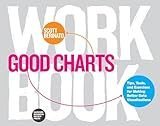
Good Charts Workbook: Tips, Tools, and Exercises for Making Better Data Visualizations


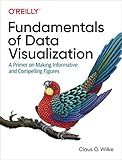
Fundamentals of Data Visualization: A Primer on Making Informative and Compelling Figures



Data Visualization with Excel Dashboards and Reports


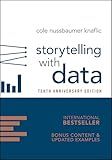
Storytelling with Data: A Data Visualization Guide for Business Professionals, 10th Anniversary Edition


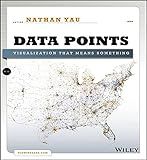
Data Points: Visualization That Means Something


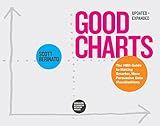
Good Charts, Updated and Expanded: The HBR Guide to Making Smarter, More Persuasive Data Visualizations


In order to exclude y=0 points in a chart using d3.js, you can modify the data filtering process before rendering the chart. You can filter out any data points where the y-value is equal to 0 by using the Array.prototype.filter() method or a similar data manipulation technique. This will ensure that only data points with y-values other than 0 are included in the chart. By implementing this filtering step in your d3.js code, you can effectively exclude y=0 points from being displayed in the chart, resulting in a cleaner and more accurate visual representation of your data.
What is the behavior of a chart when y=0 points are excluded?
When y=0 points are excluded, the chart will not show any data points where the y-coordinate is equal to 0. This means that any values where y=0 will not be represented on the chart, resulting in a graph that skips over these points. This can lead to a visual representation that may appear to have gaps or breaks in the data, depending on how many y=0 points are excluded.
What is the best practice for excluding y=0 points in a chart using d3.js?
One common approach to excluding y=0 points in a chart using d3.js is to filter the data array before rendering the chart. You can use the Array.prototype.filter() method to create a new array that only contains data points where y is not equal to 0.
Here's an example of how you can filter the data array to exclude y=0 points:
// Sample data var data = [ { x: 1, y: 5 }, { x: 2, y: 0 }, { x: 3, y: 10 }, { x: 4, y: 0 }, { x: 5, y: 8 } ];
// Filter data array to exclude y=0 points var filteredData = data.filter(function(d) { return d.y !== 0; });
// Render chart with filtered data var svg = d3.select('svg');
svg.selectAll('circle') .data(filteredData) .enter() .append('circle') .attr('cx', function(d) { return d.x * 20; }) .attr('cy', function(d) { return d.y * 20; }) .attr('r', 5) .attr('fill', 'steelblue');
In the above example, we first define our sample data array. We then use the filter() method to create a new array called filteredData that only contains data points where y is not equal to 0. Finally, we render the chart using the filtered data.
This approach ensures that only data points with y values that are not equal to 0 are included in the chart, effectively excluding y=0 points.
How to interpret a chart with and without excluding y=0 points?
When interpreting a chart, it is important to consider whether or not to include or exclude y=0 points.
If y=0 points are included in the chart:
- These points may provide valuable information about the data, such as indicating when values are equal to zero.
- Including y=0 points can help in understanding the overall trend and magnitude of the data.
- However, it may also affect the scaling of the chart and make it difficult to see the differences in the data points that are not equal to zero.
If y=0 points are excluded from the chart:
- Excluding y=0 points can make it easier to see the differences and trends in the data points that are not equal to zero.
- It can also help in highlighting any patterns or relationships in the data that may not be apparent when y=0 points are included.
- However, excluding y=0 points may also distort the data and make it difficult to accurately interpret the chart.
Ultimately, whether or not to exclude y=0 points from a chart depends on the specific purpose of the analysis and the nature of the data being presented. It is important to carefully consider the implications of including or excluding y=0 points in order to accurately interpret the chart.
